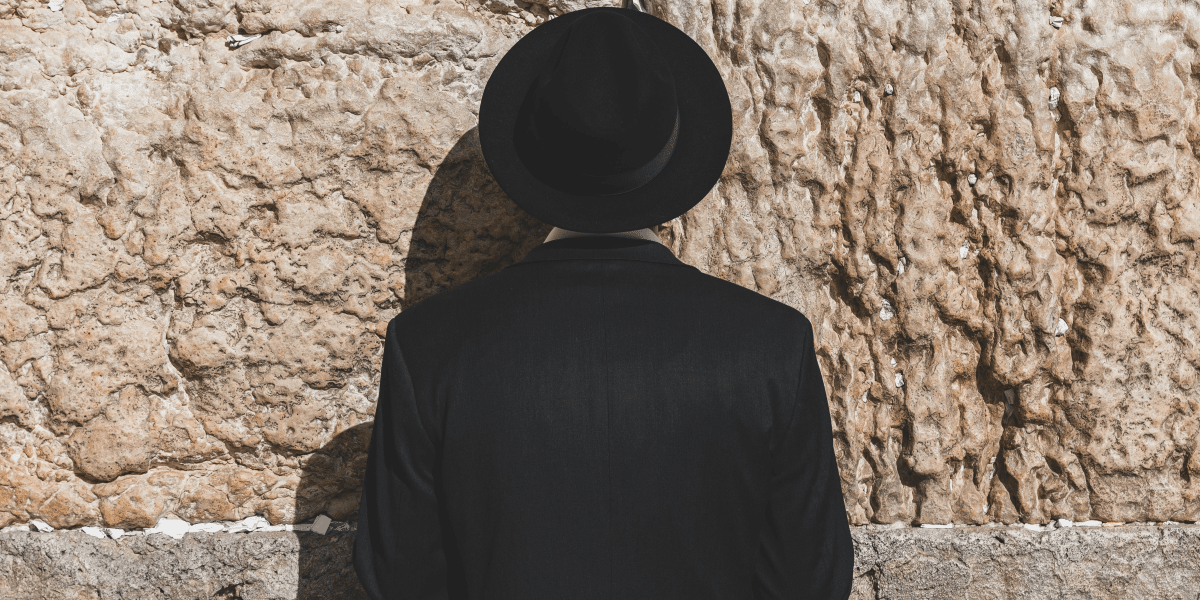By: Rachel Thompson
Preserving Jewish heritage is a testament to the enduring legacy and vibrant history of the Jewish people. Across centuries and continents, Jewish communities have cultivated rich traditions, languages, and customs, each thread contributing to the colorful tapestry of Jewish identity. In the face of time’s relentless march and the challenges of modernity, these legacies can be at risk of fading away.
In response to this, a collaborative effort has emerged, where individuals, organizations, and communities unite to revive, safeguard, and celebrate Jewish heritage. Michael Freund, founder of Shavei Israel, delves into the heart of this collective endeavor, exploring the diverse initiatives, projects, and partnerships that breathe new life into ancient traditions.
From the meticulous restoration of synagogues to the preservation of the Yiddish language, each venture is a tribute to the resilience and determination to ensure that Jewish heritage remains vibrant and accessible for generations to come. Freund lends his unique insights to exploring the collaborative landscape of Jewish heritage preservation, highlighting inspiring stories and innovative approaches that illustrate the profound impact of unity in safeguarding the past for the future.
Understanding Jewish Heritage
Jewish heritage embodies a tapestry woven with cultural, religious, and historical threads, each strand crucial to the identity of the Jewish people. This heritage encompasses a rich variety of traditions, rituals, and values that have been passed down through generations. From the vibrant melodies of Jewish music to the intricate script of Hebrew calligraphy, every facet holds a story of resilience and continuity.
“Culturally, Jewish heritage manifests in the diverse cuisines, languages, and arts that have flourished in Jewish communities worldwide,” says Michael Freund. “The many elements of Jewish culture serve as a living testament to the vibrant and multifaceted communities comprising the Jewish people.”
Religiously, Jewish heritage is deeply rooted in the sacred texts, rituals, and practices that have sustained Jewish communities throughout history. From the observance of Shabbat to the celebration of Passover, these traditions forge a connection to the past while guiding the way forward.
Preserving Jewish heritage is not without its challenges. The passage of time, coupled with the impacts of migration and assimilation, can threaten the integrity of these traditions. Modernity brings new challenges, with digitalization and globalization posing unique obstacles to the preservation of tangible and intangible heritage alike.
Collaborative Initiatives in Preservation
Preserving Jewish heritage is a collective endeavor that involves a mosaic of stakeholders, including government bodies, NGOs, academic institutions, and local communities. These collaborative efforts unite diverse perspectives and resources, leveraging collective expertise to protect and revitalize Jewish cultural treasures.
Across the globe, successful collaborative projects illuminate the power of partnership in heritage preservation. Government bodies often play a pivotal role, providing funding, policy support, and legal frameworks to safeguard Jewish heritage sites and artifacts. NGOs bring passion and specialized knowledge, driving initiatives such as archival digitization, educational programs, and community engagement. Academic institutions contribute research, expertise, and innovative approaches to conservation.
Notes Michael Freund with Shavei Israel, “Local communities are the heartbeat of these efforts, offering firsthand knowledge and deep-rooted connections to heritage sites.”
Their engagement fosters a sense of ownership and stewardship, ensuring that preservation efforts are culturally sensitive and sustainable. Partnerships and cooperation are paramount in this shared mission. By pooling resources, sharing best practices, and fostering dialogue, stakeholders create a collaborative ecosystem that amplifies the impact of individual efforts.
These partnerships not only protect physical sites and artifacts but also safeguard intangible heritage, such as oral traditions and cultural practices. The success of collaborative initiatives underscores the importance of a unified approach to heritage preservation. Through partnership, the vibrant tapestry of Jewish heritage is woven into the fabric of our shared cultural legacy, ensuring that it endures for generations to come.
Technology and Innovation in Heritage Preservation
Technology and innovation are powerful tools shaping the landscape of conservation, documentation, and promotion. From digital archives to immersive virtual tours, technological advancements are revolutionizing how we engage with and safeguard Jewish heritage.
Digital archives are invaluable repositories, preserving historical documents, photographs, and artifacts in accessible and searchable formats. These archives not only protect fragile materials from the ravages of time but also democratize access, allowing researchers, scholars, and the public to explore Jewish history from anywhere in the world.
Virtual tours offer immersive experiences, transporting viewers to sacred sites, synagogues, and cultural landmarks without leaving their homes. Through 360-degree views and interactive features, individuals can engage with these spaces in unprecedented ways, fostering a deeper connection to Jewish heritage.
Technological innovations extend beyond preservation to promotion, with social media platforms and digital storytelling amplifying the reach of heritage initiatives. These platforms facilitate community engagement, share educational resources, and raise awareness about the importance of Jewish heritage preservation.
Education and Community Engagement
Education and community engagement play pivotal roles in the preservation and revitalization of Jewish heritage, fostering a sense of connection, understanding, and stewardship among individuals and communities.
Initiatives such as heritage tourism, cultural events, and educational programs serve as gateways to Jewish heritage, inviting individuals to explore and engage with the rich tapestry of traditions and history. Heritage tourism offers immersive experiences, allowing visitors to walk in the footsteps of ancestors, visit historic synagogues, and participate in rituals, deepening their appreciation for Jewish culture.
“Cultural events celebrate the vibrancy of Jewish heritage through music, art exhibitions, film screenings, and culinary experiences. These events not only showcase the diversity of Jewish traditions but also provide platforms for intergenerational exchange and dialogue,” says Freund.
Educational programs are instrumental in transmitting knowledge and preserving traditions for future generations. From Hebrew language classes to workshops on Jewish history, these programs empower individuals to become active participants in preserving their heritage.
By involving communities in the preservation process, a sense of ownership and pride is cultivated. Communities become advocates for their heritage, safeguarding local landmarks, and traditions. This engagement also fosters intercultural understanding and strengthens social cohesion, creating bridges between diverse communities.
Through education and community engagement, the preservation of Jewish heritage becomes a shared endeavor, enriching lives and ensuring that the legacy of the Jewish people continues to thrive for generations to come.
Looking ahead, individuals, organizations, and communities are called to join hands in this shared mission of heritage preservation. Whether through supporting local initiatives, engaging in educational programs, or advocating for policy changes, each contribution makes a difference.
Published by: Martin De Juan

















